Curling is a unique and strategic winter sport that has intrigued players and spectators for centuries. Known for its precision and teamwork, curling has deep historical roots that date back hundreds of years. But when did curling officially become a sport? In this article, we explore the captivating history of the sport of curling and its journey from icy ponds in Scotland to the world stage of the Winter Olympics.
Origins in Medieval Scotland

The history of the sport of curling begins in 16th-century Scotland, where the first recorded games were played on frozen lochs and ponds. Historical artifacts, such as curling stones with dates carved into them from as early as 1511, indicate the sport’s deep roots. Initially a pastime enjoyed by farmers during harsh winters, curling quickly evolved into an organized activity in rural communities.
Establishment of Curling Clubs
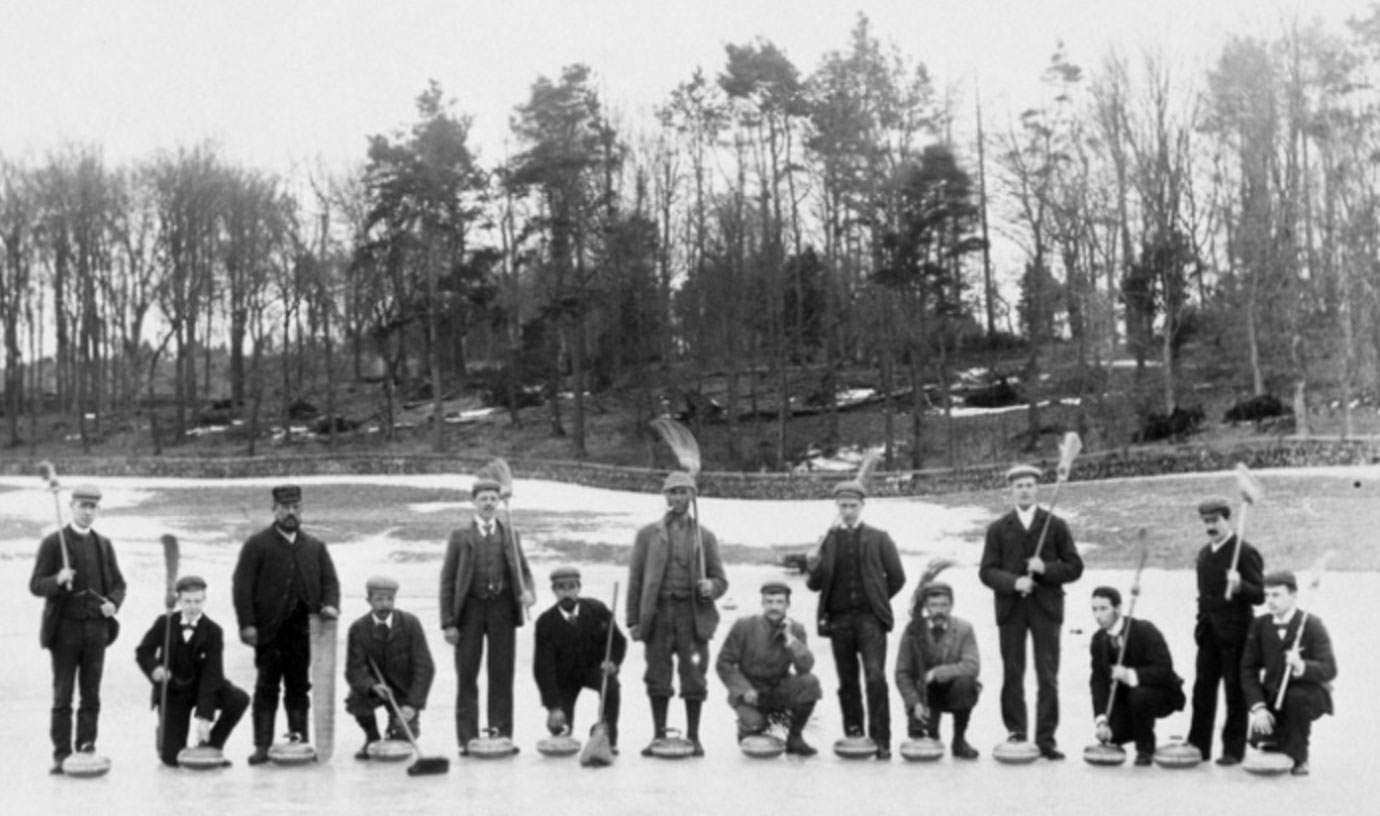
The 18th and 19th centuries saw the formation of the first official curling clubs, with the Grand Caledonian Curling Club founded in Edinburgh in 1838. This organization later received royal patronage and became the Royal Caledonian Curling Club, establishing standard rules for gameplay. This formalization was a pivotal step in the development and recognition of curling as a legitimate sport.
Curling Crosses Borders
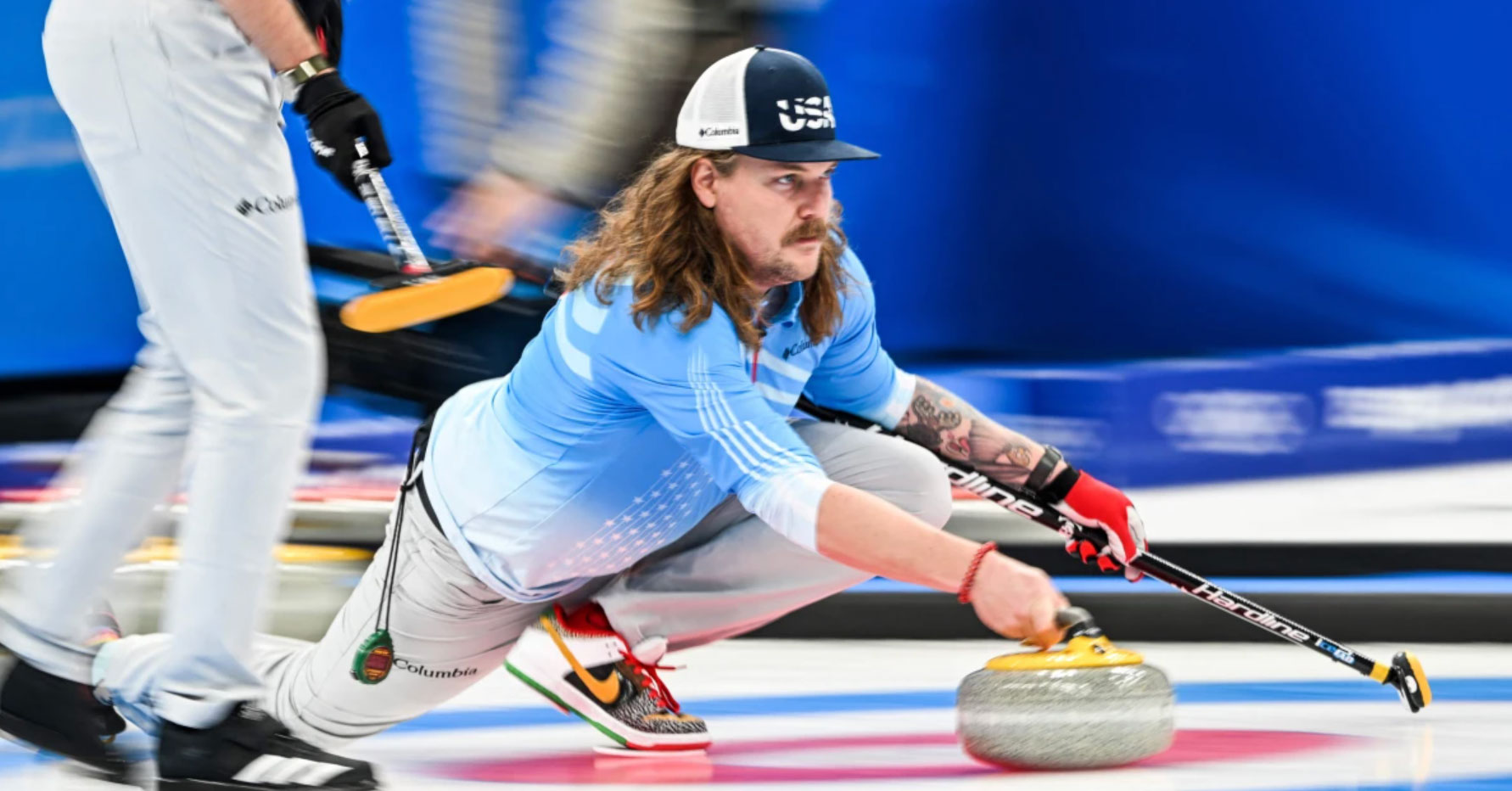
As Scottish immigrants settled in Canada and other parts of the world, they brought the sport of curling with them. By the mid-19th century, curling had gained popularity in Canada, the United States, and parts of Europe. The establishment of clubs overseas played a crucial role in spreading the sport globally and enhancing the history of the sport of curling.
Curling in the Olympic Games
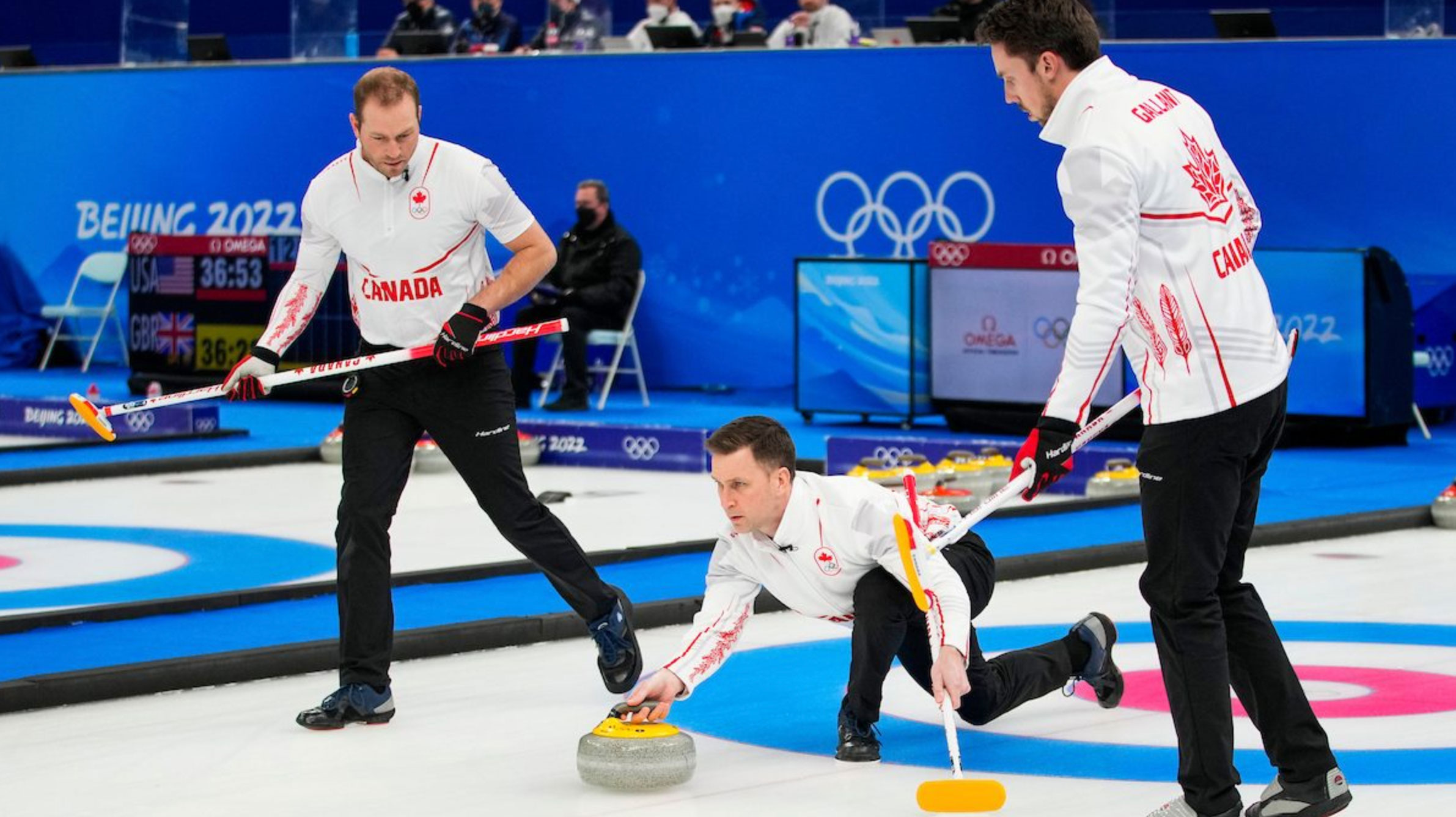
Curling first appeared in the Olympics at the inaugural Winter Games in Chamonix, France, in 1924. However, it was only considered a demonstration sport for much of its early Olympic involvement. It wasn’t until 1998 that curling was officially added as a full-medal sport in the Nagano Winter Olympics, cementing its status as a global competitive event.
Technological Advancements and Modernization
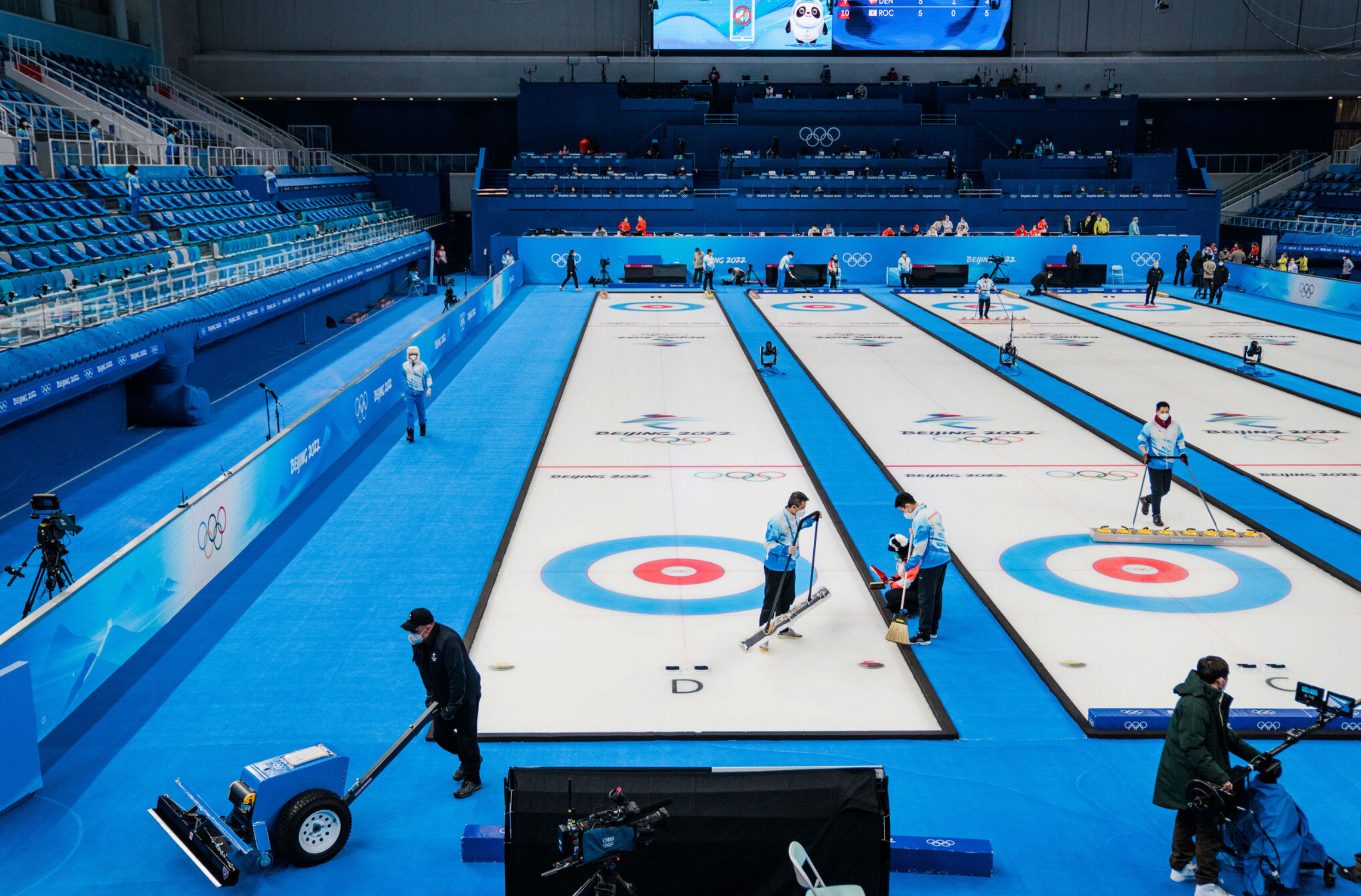
Modern curling has evolved significantly from its humble Scottish beginnings. Advances in ice-making technology, stone design, and athlete conditioning have transformed it into a precise and highly strategic sport. Curling tournaments now feature cutting-edge analytics and broadcast tools, enhancing its appeal to a wider audience and adding a modern chapter to the history of the sport of curling.
International Growth and Governance
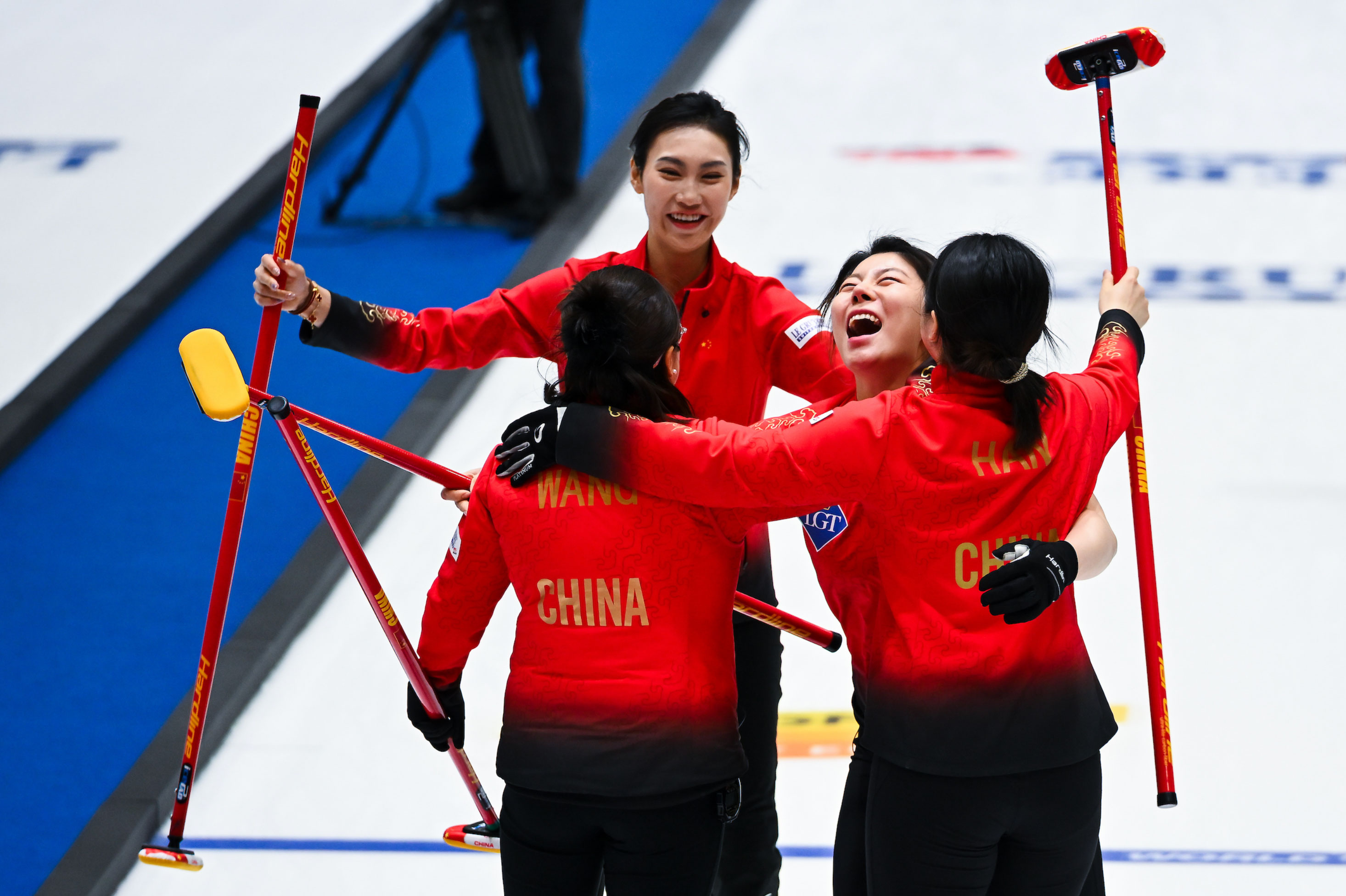
The World Curling Federation (WCF), established in 1966, has further contributed to the structure and development of the sport. With member associations across the globe, the WCF oversees international competitions and works to ensure consistent rules and fair play. This global administration has helped solidify curling’s reputation as a serious and respected competitive sport.
Cultural Significance and Community Spirit
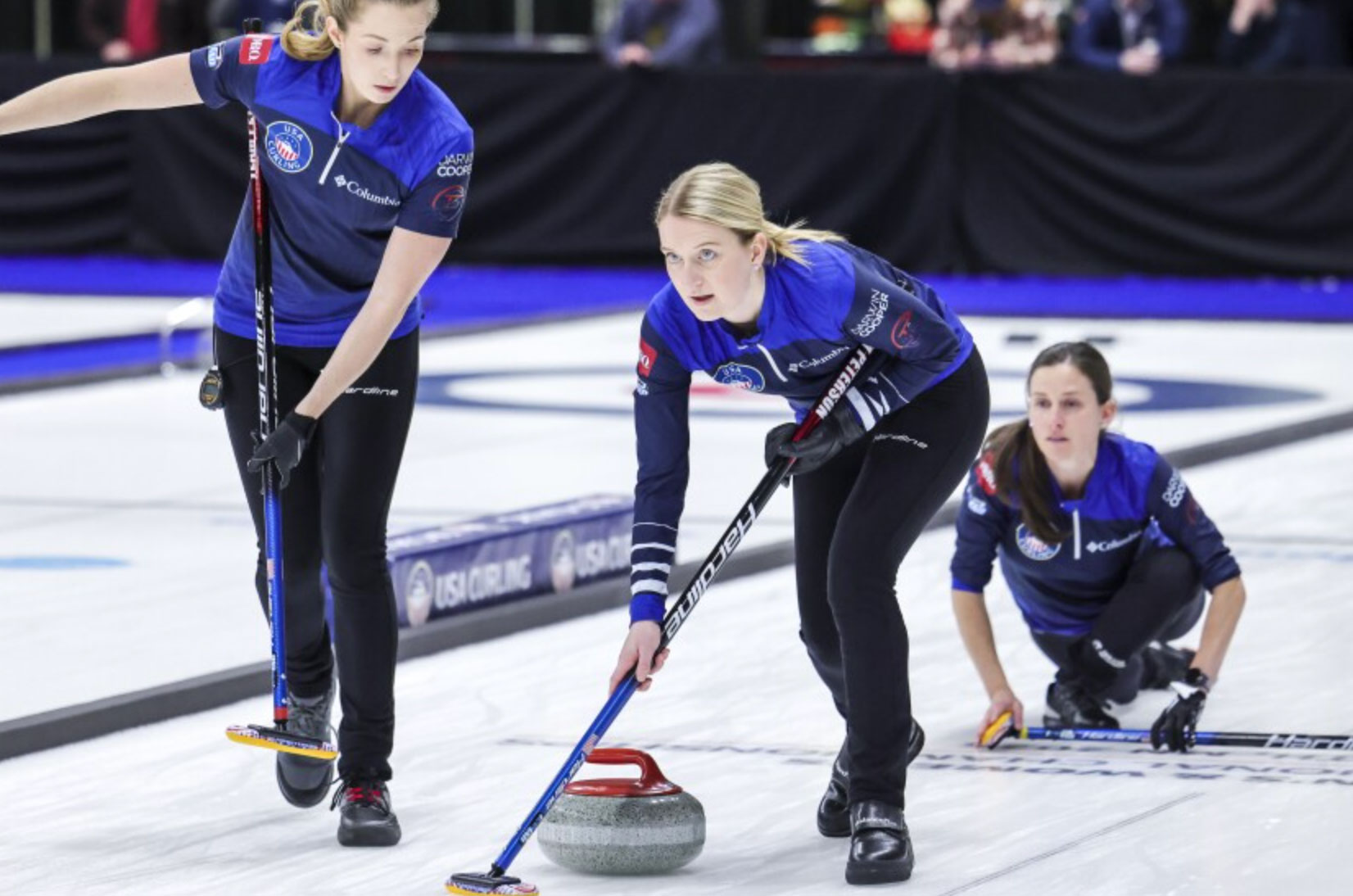
Beyond the ice, curling holds significant cultural value in countries like Canada and Scotland. It's often referred to as the 'roaring game' due to the sound of stones gliding across the ice. Community curling rinks continue to thrive, preserving the tradition and enriching the local history of the sport of curling for future generations.
Youth Programs and Future Growth

With increasing access to youth development programs and inclusive opportunities, curling is experiencing renewed growth around the world. Schools, recreation centers, and national organizations are investing in the next generation of curlers. This forward momentum ensures that the long-standing history of the sport of curling will continue to inspire and evolve.
From frozen ponds in medieval Scotland to the bright lights of the Winter Olympics, curling has undergone a remarkable transformation. The history of the sport of curling showcases its enduring appeal, rooted in tradition yet constantly evolving with the times. As it grows globally, curling continues to capture the imagination of athletes and fans alike, solidifying its place among the world's most unique and beloved sports.


